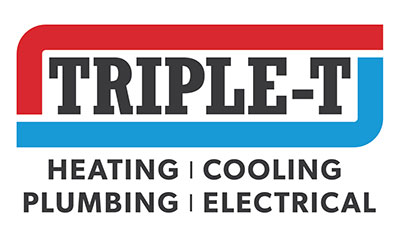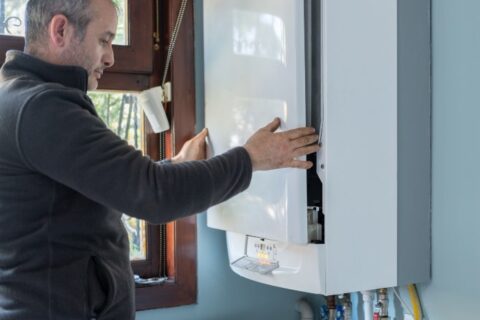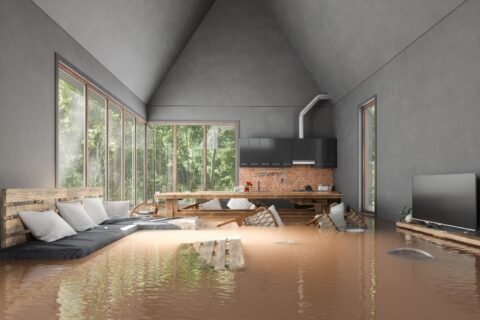What to Do if There is No Hot Water
Many people enjoy a hot, relaxing shower first thing in the morning. But there’s nothing worse than being blasted with cold water right after you’ve lathered up. If there’s no hot water in the house, follow this troubleshooting guide for gas and electric water heaters before you call a plumber in Utah County for water heater repair.
Common Reasons for No Hot Water
Many problems can affect any water heater, regardless of fuel type. So whether you have a gas or electric model, check for these problems first.
Low Supply & High Demand
The most likely reason for no hot water is that your family has used it all up. If you’re the last person to shower in the morning, you may get lukewarm water at best. One tip is to wait 10 minutes between showers to help the hot water supply keep up with demand. However, if this is a common problem, you may want to upgrade to a larger tank or a tankless water heater.
Sediment Buildup
Hard water is notorious for leaving behind chalky calcium and magnesium deposits. This can happen inside your water heater, coating the bottom of the tank and decreasing heat transfer between the gas burner or heating elements and the water. This buildup slows down the recovery time and increases your water heating costs. A simple solution is to flush the tank once a year to remove sediment.
Low Thermostat Setting
All water heaters have a thermostat to regulate the water temperature in the tank. Your water might seem cooler than usual if someone turned the thermostat down. Readjust it to between 120 and 140 degrees to see if that fixes the problem. If not, your thermostat may be malfunctioning and should be replaced.
Old Age
If you’re dealing with no hot water, and your water heater is over 10 years old, it has probably reached the end of its lifespan. In this case, replacing the water heater is your best bet.
Troubleshooting No Hot Water from an Electric Water Heater
If you have an electric water heater, follow these tips to help you figure out why you have no hot water.
Power Issues
First, make sure your water heater is receiving power by checking the circuit breaker box. Reset any tripped breakers you find. If the breaker keeps tripping, you could have an electrical problem that requires attention from an electrician. Even if you don’t find a tripped circuit breaker, you may want to turn off the power for 30 seconds and then turn it back on to give the water heater a hard reset.
Faulty High-Temperature Limit Switch
Electric water heaters have a high-temperature limit switch that prevents excessive heat and pressure inside the tank. If the switch has malfunctioned, it could be preventing your water heater from functioning properly.
To reset it, first shut off the circuit breaker to the water heater. Then, remove the upper heating element cover to access the high-temperature limit switch. Press the red button to reset it, reinstall the cover, and restore power. After 30 minutes, you should be able to tell if the water heater is working normally.
If these troubleshooting tips for electric water heaters don’t fix the problem, the issue could be with the heating elements or your home’s electrical wiring. In either case, you need a licensed professional to perform the repair.
Troubleshooting No Hot Water from a Gas Water Heater
Gas-fired water heaters have unique components that can affect the appliance’s performance. Here’s how to troubleshoot the most common issues.
Pilot Light Problems
If the pilot light is out on your older gas water heater, try relighting it. If it won’t stay lit, call a plumber for help cleaning or adjusting the pilot light.
Keep in mind that newer gas water heaters don’t have a pilot light. Instead, they use electronic ignition to light the burner. If you decide to upgrade your water heater, you’ll benefit from this safer, more efficient option.
Blocked Flue
Debris from bird and rodent nests or storm debris may block the water heater flue. The resulting downdraft could extinguish the pilot light and cause the water heater to stop working—not to mention raise the risk for carbon monoxide exposure.
Clogged Burner
Soot can slowly build up on the burner, eventually causing it to clog. This can hinder water heater performance or even stop the burner from functioning altogether. Regular cleaning can prevent this problem.
Dirty Thermocouple
This safety device stops the flow of gas when the pilot light goes out. Clean and adjust the thermocouple so the tip rests in the pilot light’s flame. Otherwise, no gas will flow, and you’ll have no hot water.
Blocked Gas Line
Several problems could block the flow of gas through the supply line. First, make sure the line isn’t pinched or kinked. Then, check that the gas valve is in the open position. If the valve is faulty, you’ll need to have it replaced.
Be on the lookout for gas leaks as well. While this doesn’t affect your hot water supply, it can be extremely dangerous. If you see pinhole leaks in the gas line, hear a hissing sound, or detect a rotten egg smell, leave the house and call the fire department right away, followed by your utility company.
Get Help from a Professional Plumber
If you go through this troubleshooting guide and still have no hot water, the next step is to call a plumber. The team at Triple T Heating, Cooling & Plumbing would be happy to help. We have provided water heater replacement and repair in Utah County since 1974. If your water heater can be repaired, we’ll get it working again. And if it has reached the end of its lifespan, we’ll help you select a new, energy-efficient model for dependable performance and lower water heating bills for years to come. Contact us today at 801-798-7711 to request water heater services in Provo, Orem, or Spanish Fork, UT.


